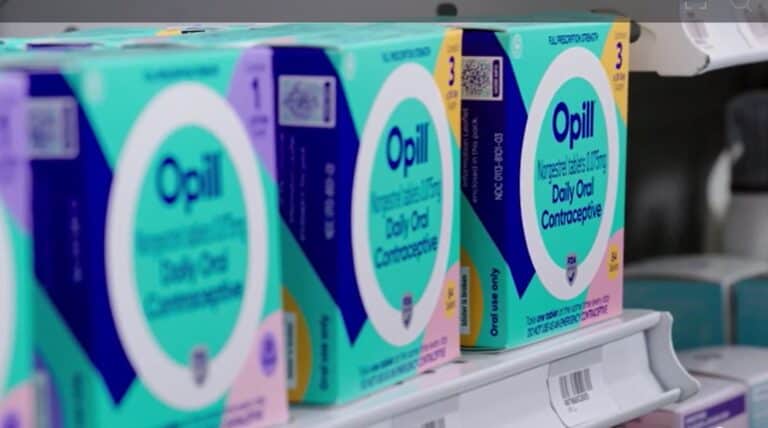These Are The Foods You Should Be Eating To Get All of Your Essential Vitamins
Essential vitamins are so-called because they are necessary for our bodies and minds to function properly, but you do not necessarily have to take vitamin supplements in pill form. There are plenty of food sources for essential vitamins.
Please review your overall and general health with your doctor or a dietitian to assess your vitamin needs.
Vitamin A

Vitamin A aids our vision, immune system, reproduction, and general growth and development. Vitamin A also helps your heart, lungs, and other organs to work optimally. It can be found in both animal as well as plant sources.
Animal Sources for Vitamin A

- Liver: Beef liver is particularly rich, with a 4-ounce serving containing up to 5,620 mcg of vitamin A.
- Fish Oils: Cod liver oil is an excellent source.
- Dairy: Milk, cheese, and yogurt are good sources, especially when fortified.
- Eggs: Particularly the yolk.
Plant Sources for Vitamin A

Think color! Look for yellow, orange and red vegetables and fruits!
- Sweet Potatoes: A medium sweet potato contains 1,190 mcg of vitamin A.
- Carrots: One large carrot has 601 mcg of vitamin A.
- Spinach: One cup of raw spinach contains 141 mcg of vitamin A.
- Cantaloupe: One large slice has 172 mcg of vitamin A.
Vitamin B Complex

B vitamins consist of eight essential nutrients crucial for various bodily functions and organs. They aid in generating energy from food, producing blood cells, and keeping the skin healthy.
B1 (Thiamine)
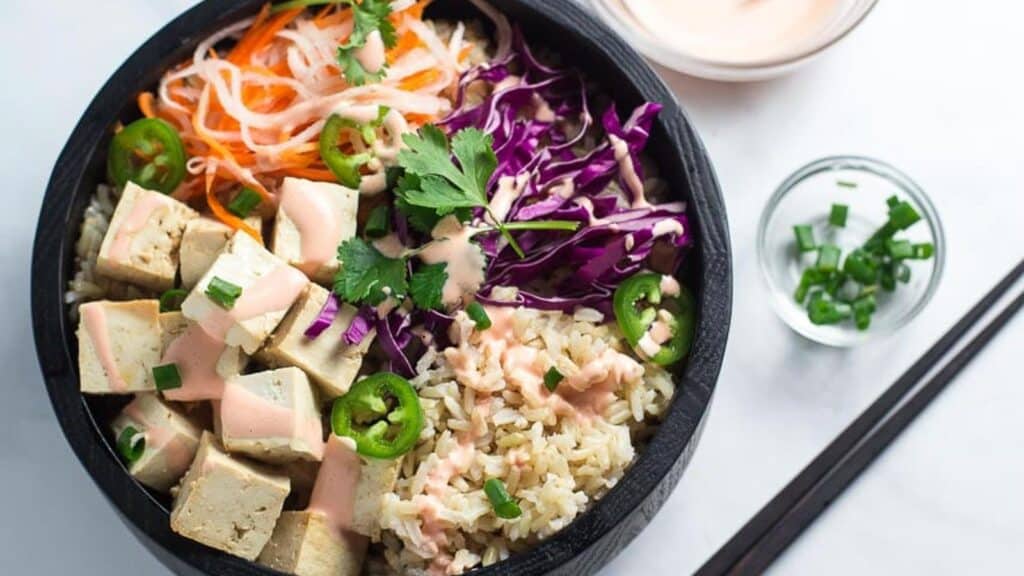
Thiamine helps to turn food into energy and to keep the nervous system healthy.
- Whole Grains: Brown rice, barley, and millet.
- Meat: Pork and liver.
B2 (Riboflavin)
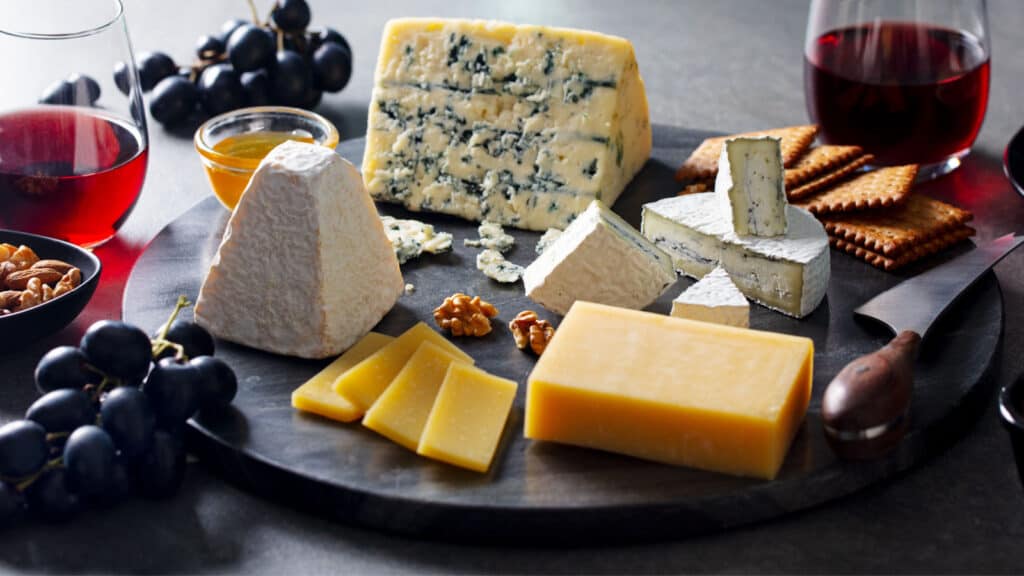
Antioxidants, like riboflavin, combat free radicals and may help reduce or prevent some of the damage they cause. Riboflavin is also essential for converting vitamin B6 and folate into usable forms by the body. Additionally, it plays a crucial role in growth and red blood cell production.
- Dairy: Milk, yogurt, and cheese.
- Eggs: A good source of riboflavin.
B3 (Niacin)
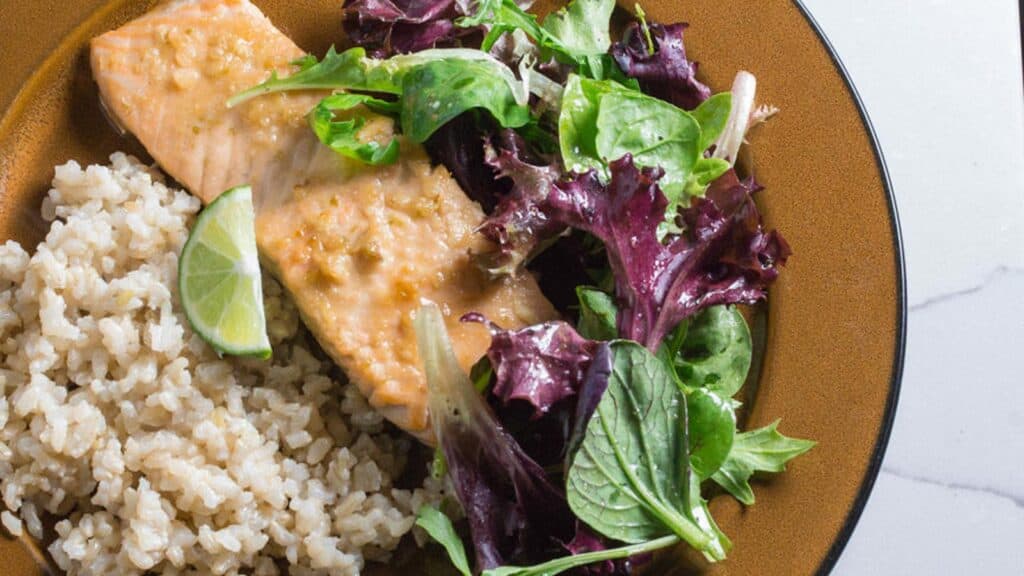
Niacin aids in improving circulation and has been proven to reduce inflammation.
- Meat: Chicken, turkey, and beef.
- Fish: Tuna and salmon.
B5 (Pantothenic Acid)

Pantothenic acid helps the body utilize carbohydrates, proteins, and lipids. It also aids in maintaining healthy skin.
- Meat: Liver and other meats.
- Legumes: Beans and lentils.
B6 (Pyridoxine)

Vitamin B6 is necessary for the proper function of sugars, fats, and proteins in the body. It also helps in the development of the brain, nerves, skin, and many other parts of the body.
- Meat: Chicken, turkey, and beef.
- Fish: Tuna and salmon.
- Vegetables: Potatoes and bananas.
B7 (Biotin)

Biotin help keep your skin, hair, eyes, liver, and nervous system healthy. It is also a crucial nutrient during pregnancy, as it’s important for healthy embryonic growth.
- Eggs: Especially the yolk.
- Nuts: Almonds and peanuts.
B9 (Folate)
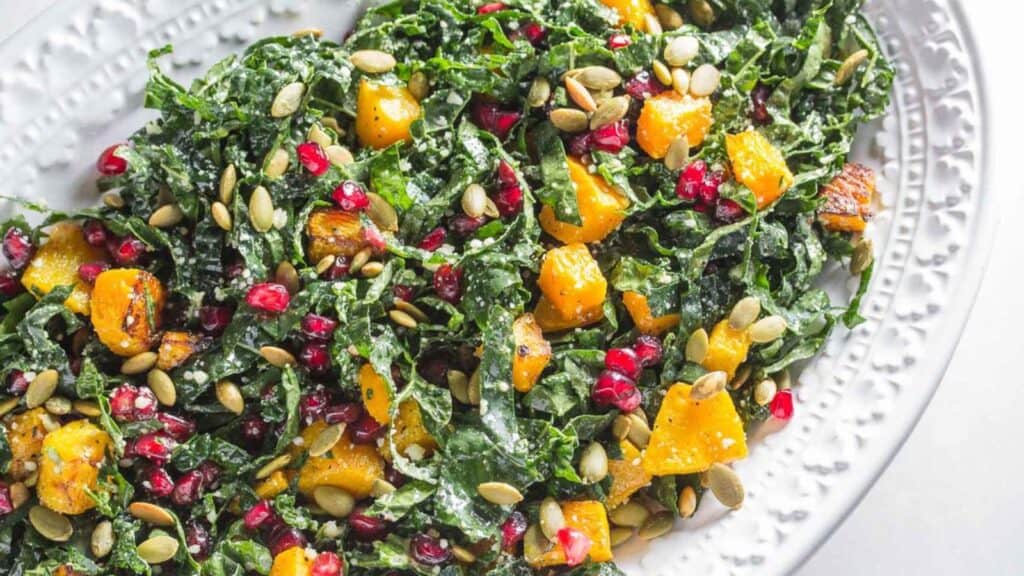
Folate helps tissues grow and cells work. It works with vitamin B12 and vitamin C to help the body break down, use, and create new proteins, and helps form red blood cells, which can prevent anemia.
- Leafy Greens: Spinach and kale.
- Legumes: Beans and lentils.
B12 (Cobalamin)
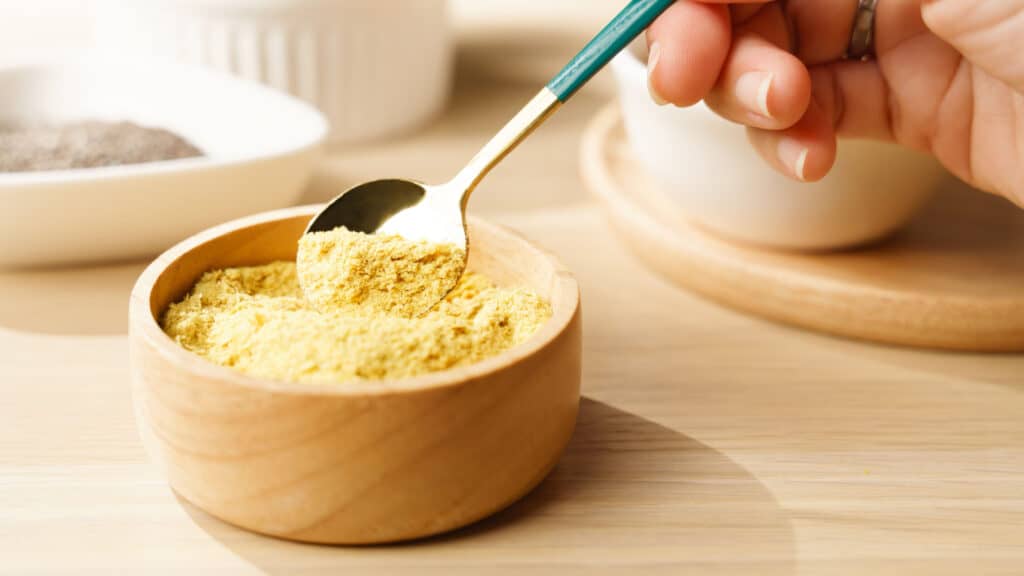
Vitamin B-12 plays an essential role in red blood cell formation, cell metabolism, nerve function and the production of DNA.
- Animal Products: Meat, fish, poultry, eggs, and dairy products.
- Nutritional yeast: This is the one non-animal source for B12.
Vitamin C
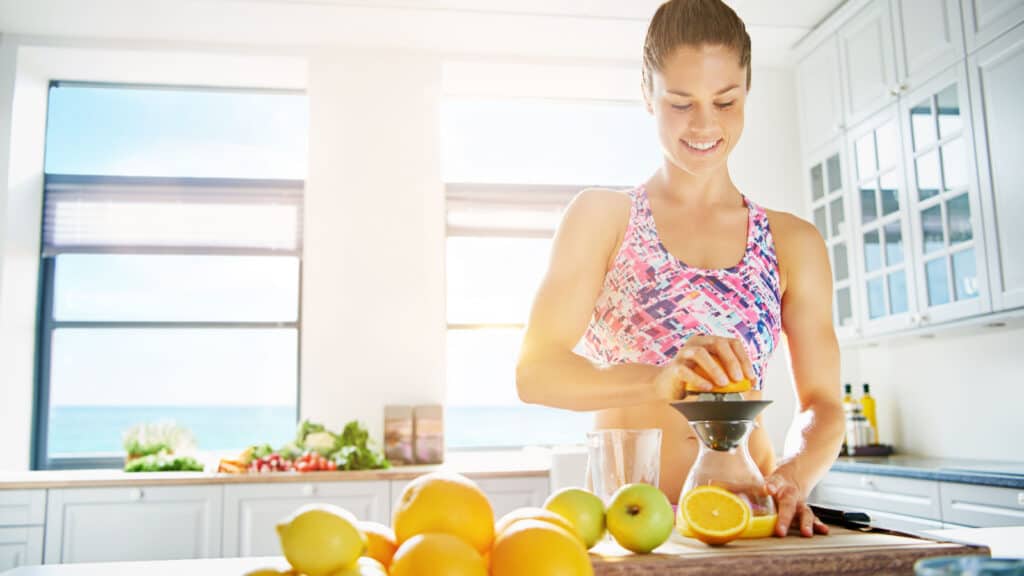
Vitamin C aids in the growth and repair of tissues in all parts of your body. It helps the body make collagen, an important protein used to make skin, cartilage, tendons, ligaments, and blood vessels. Vitamin C is needed for healing wounds, for repairing and maintaining bones and teeth, and it helps the body absorb iron.
- Citrus Fruits: Oranges, grapefruits, and lemons.
- Bell Peppers: Especially red bell peppers.
- Broccoli: A cup of broccoli contains as much vitamin C as an orange.
- Strawberries: One cup provides 97.6 mg of vitamin C.
Vitamin D

We can get vitamin D from sunshine, but there are also food sources. Vitamin D helps in building and maintaining healthy bones, because our bodies can only absorb calcium, the primary component of bone, when vitamin D is present. Vitamin D also regulates many other cellular functions in your body.
- Fatty Fish: Salmon, mackerel, and sardines.
- Fortified Foods: Milk, orange juice, and cereals.
- Egg Yolks: A good source of vitamin D.
Vitamin E

Vitamin E is very effective in the prevention and reversal of various disease complications due to its function as an antioxidant, its role in anti-inflammatory processes, and its immune-enhancing properties.
- Nuts and Seeds: Almonds, sunflower seeds, and hazelnuts.
- Vegetable Oils: Sunflower, safflower, and wheat germ oil.
- Green Leafy Vegetables: Spinach and broccoli.
Vitamin K
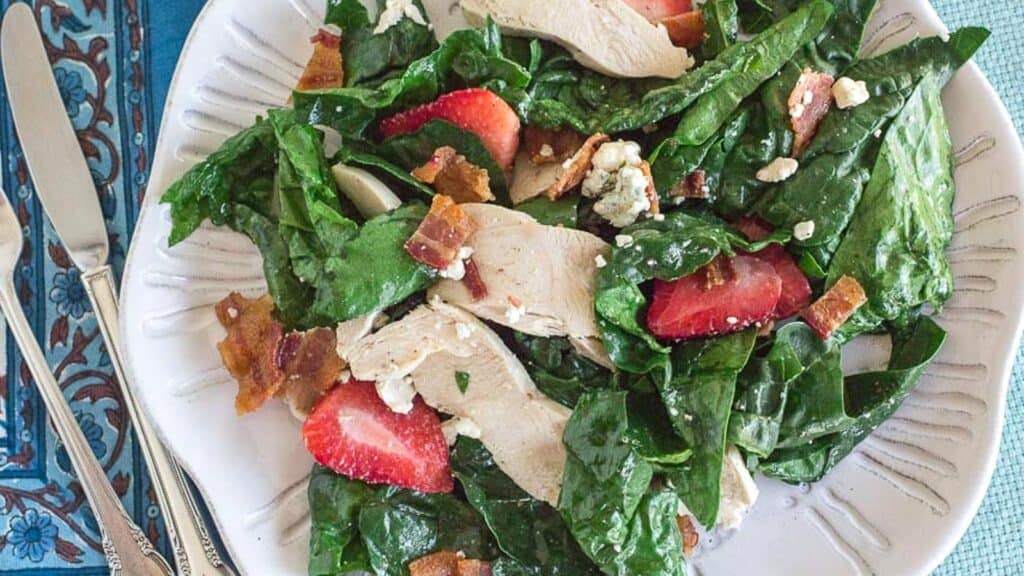
Vitamin K is a fat-soluble vitamin stored in your body’s fat tissue and liver. It is best known for aiding in proper blood clotting, or coagulation, which is reflected in its German name, Koagulationsvitamin. Additionally, vitamin K is crucial for bone health.
- Leafy Greens: Kale, spinach, and broccoli.
- Vegetables: Brussels sprouts and cabbage.
The Takeaway

To ensure you get all the essential vitamins, include a variety of these foods in your diet. This approach not only provides the necessary vitamins but also other beneficial nutrients that support overall health.
12 Belly Flattening Carbs You Should Eat To Stay Energized And Satisfied!
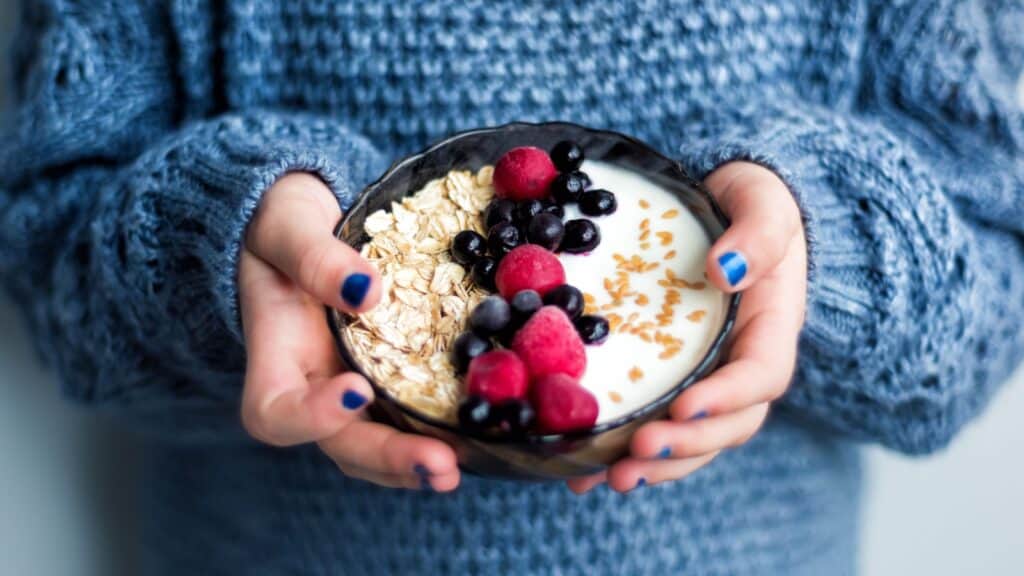
Carbs often get a bad rap, but it’s time to debunk the myths and celebrate the ones that can actually help you achieve a flatter tummy! Join us on a delicious adventure as we unveil 12 carb superstars that will not only complement your meals but also contribute to a trimmer waistline. Forget the one-size-fits-all approach – it’s all about making smart choices. These belly-flattening champions will prove that carbs can be your allies in maintaining a healthy weight and achieving that coveted flat belly you’ve been dreaming of. Get ready to embrace a world of flavor and nutrition that will leave you feeling satisfied and energized!
READ 12 Belly Flattening Carbs You Should Eat To Stay Energized And Satisfied!
20 Lean Lunches To Fill Your Belly, Not Fatten It
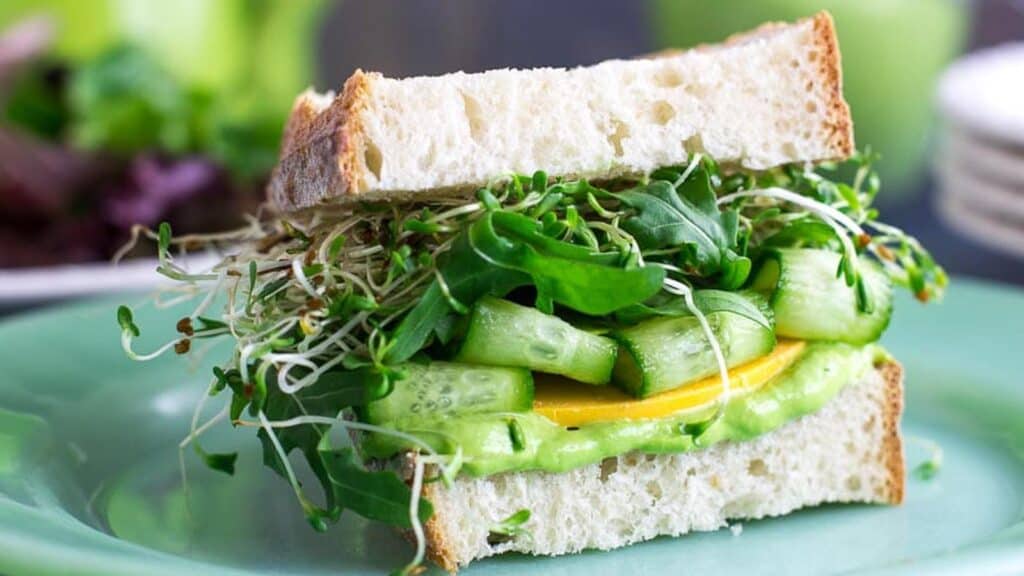
Preparing your own lunch gives you the power to control the quality of ingredients, manage portion sizes, and track your macros, whether it’s fats, proteins, or any other focus. As many of us kick off the year with health and weight goals in mind, we’re here to assist you with easy-to-pack lunches that keep you energized throughout the day. Our options include vegan and vegetarian meals, dishes you can heat up, and others perfect for eating on-the-go. We even have a meal-prep bowl made entirely from just four convenient ingredients! Cheers to your health! READ: 20 Lean Lunches To Fill Your Belly, Not Fatten It
20 Favorite Side Dishes To Pair With Burgers
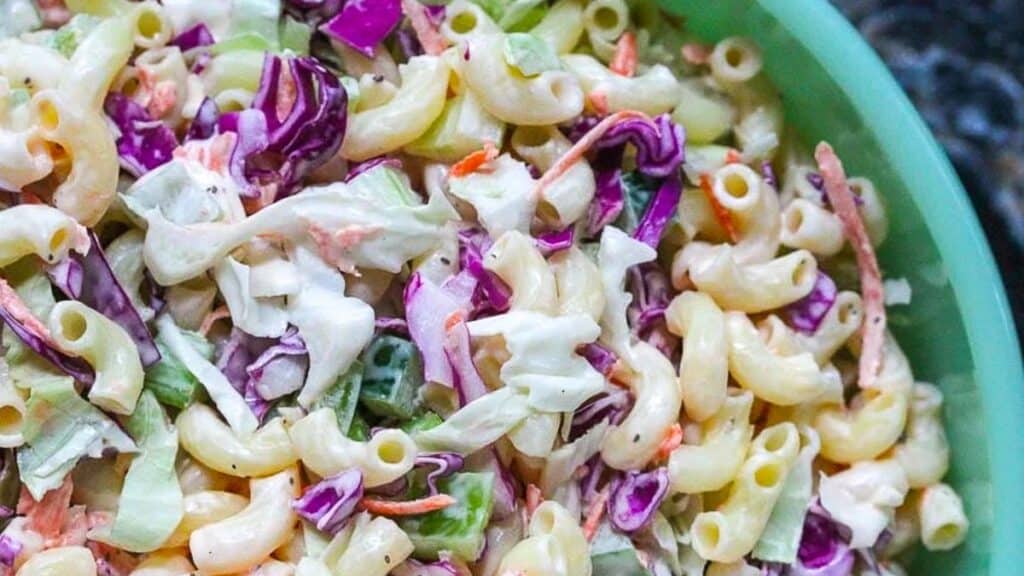
Here are 20 of our favorite side dishes to pair with burgers, from oven-baked fries (2 kinds), green salads to hearty potato and pasta sides, even a quick stovetop mac and cheese. READ: 20 Favorite Side Dishes To Pair With Burgers
Join Us

Join us on this empowering journey as we explore, celebrate, and elevate “her story.” The Queen Zone is not just a platform; it’s a community where women from all walks of life can come together, share their experiences, and inspire one another. Welcome to a space where the female experience takes center stage. Sign up for our newsletter so you don’t miss a thing, Queen!







